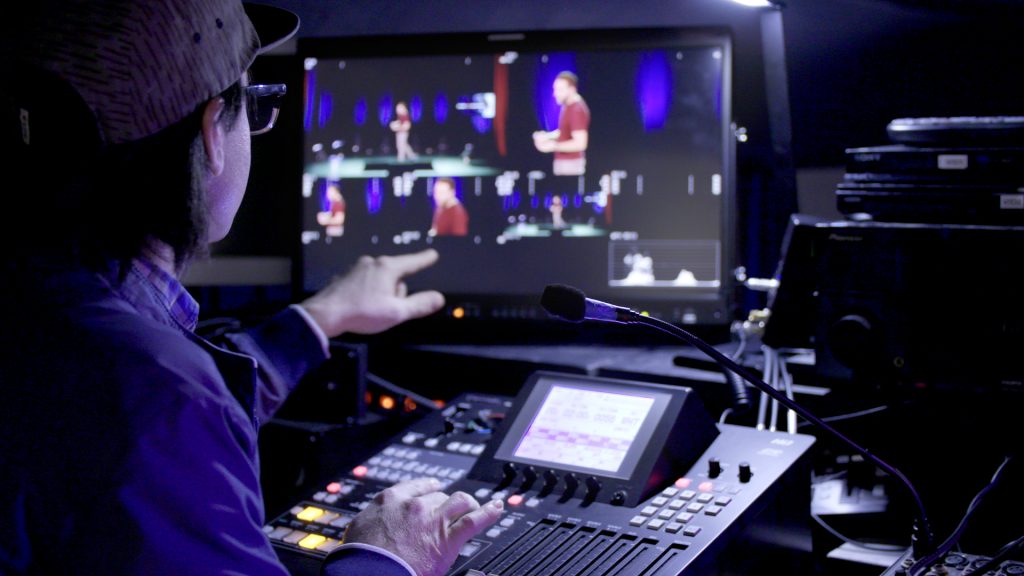Revolutionizing Audience Interaction Via Immersive Virtual Reality Experiences within Real-time Productions
Revolutionizing Audience Interaction Via Immersive Virtual Reality Experiences within Real-time Productions
Blog Article
Within the past years, virtual VR has become as potent tool for enhancing viewer involvement in live productions. Such technology allows viewers to immerse oneself in a 3D setting, creating a unique encounter that conventional formats cannot replicate. Through utilizing VR, producers can transport audiences into the heart of the action, causing them feel as if they are integral of the show. This innovative approach not only enchants audiences but also unlocks new opportunities for narrative and interaction.
One of the key advantages of employing VR in real-time productions is the ability to create a more interactive experience. Audiences can interact with the show in real-time, influencing the outcome or exploring different perspectives. For example, in a stage show, audiences using VR goggles can select to pursue specific roles or segments, enabling them to customize their encounter. This degree of interactivity cultivates a more profound bond between the viewers and the show, rendering it even unforgettable and significant.
Additionally, VR tools can improve the sight and sound aspects of a live performance. Using top-notch visuals and audio engineering, producers can build stunning settings that attract audiences in. This engaging quality can elevate the overall experience, rendering it even more captivating and pleasurable. For instance, a concert can be transformed into a rich encounter, where audience members feel as if they are on stage with the artists. Such improvements not just attract larger audiences but also encourage repeat viewing, as audiences look to relive the thrill.
In addition improving audience engagement, VR can also provide valuable insights for producers. By analyzing how audiences engage with the digital environment, producers can collect information on audience preferences and behaviors. This information can inform future performances, assisting to customize material to more effectively satisfy the needs and desires of right here the audience. As a result, VR not just enhances the present encounter but also contributes to the evolution of real-time performances as a whole.
As the technology continues to advance, the possibilities for VR in real-time productions is vast. From theater and concerts to athletic competitions and celebrations, the opportunities are endless. By embracing this innovative method, creators can transform the way audiences experience real-time entertainment. With an increasing number of producers explore the integration of VR, it is likely that we will witness a change in how shows are designed and presented, ultimately leading to a greater immersive and participatory prospect for real-time performances.